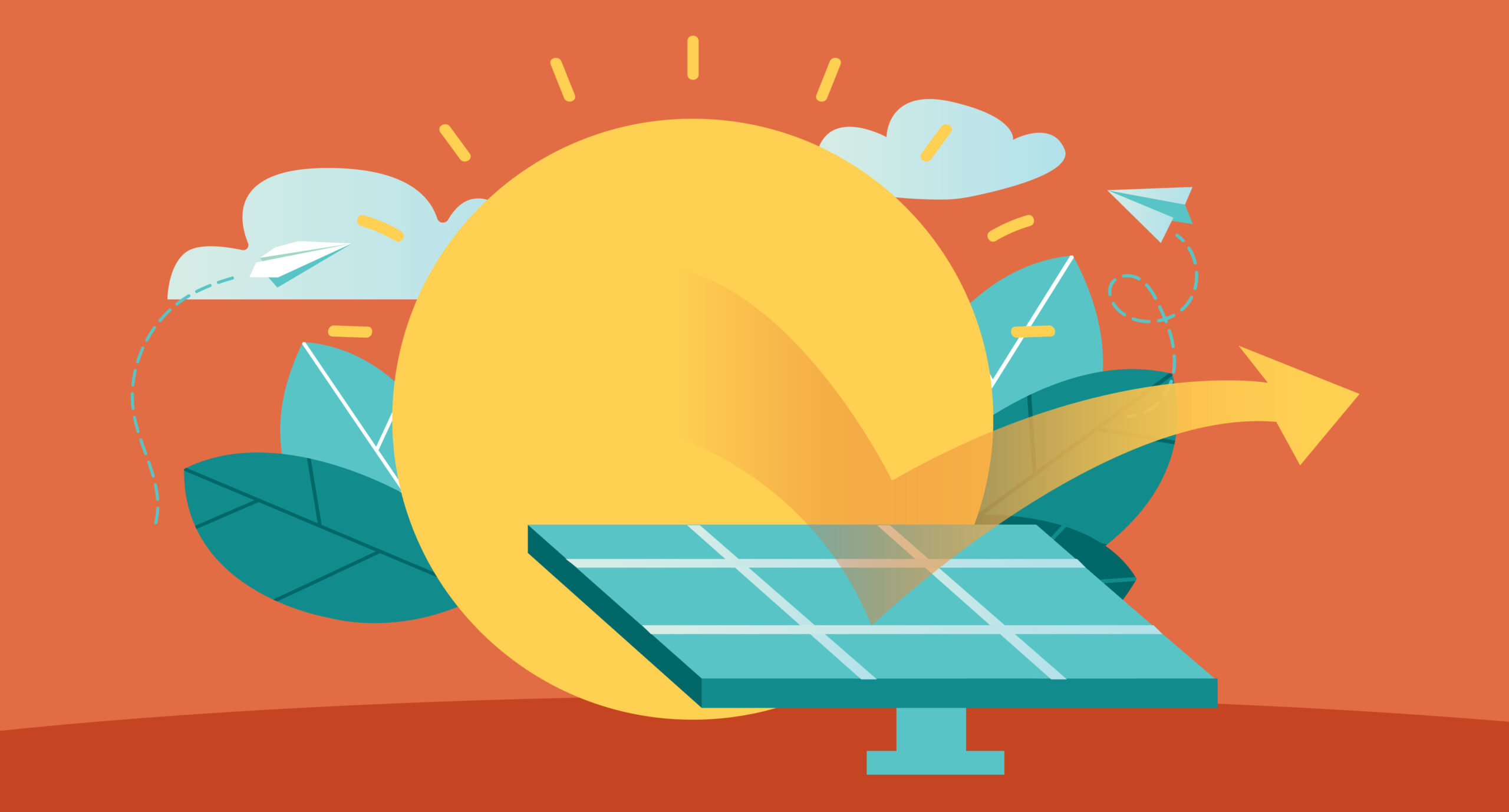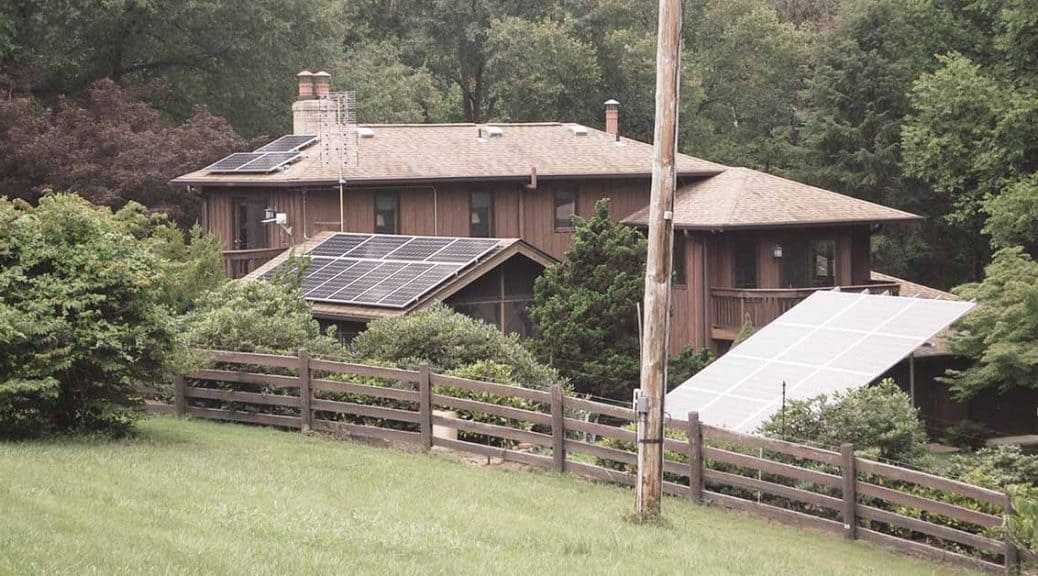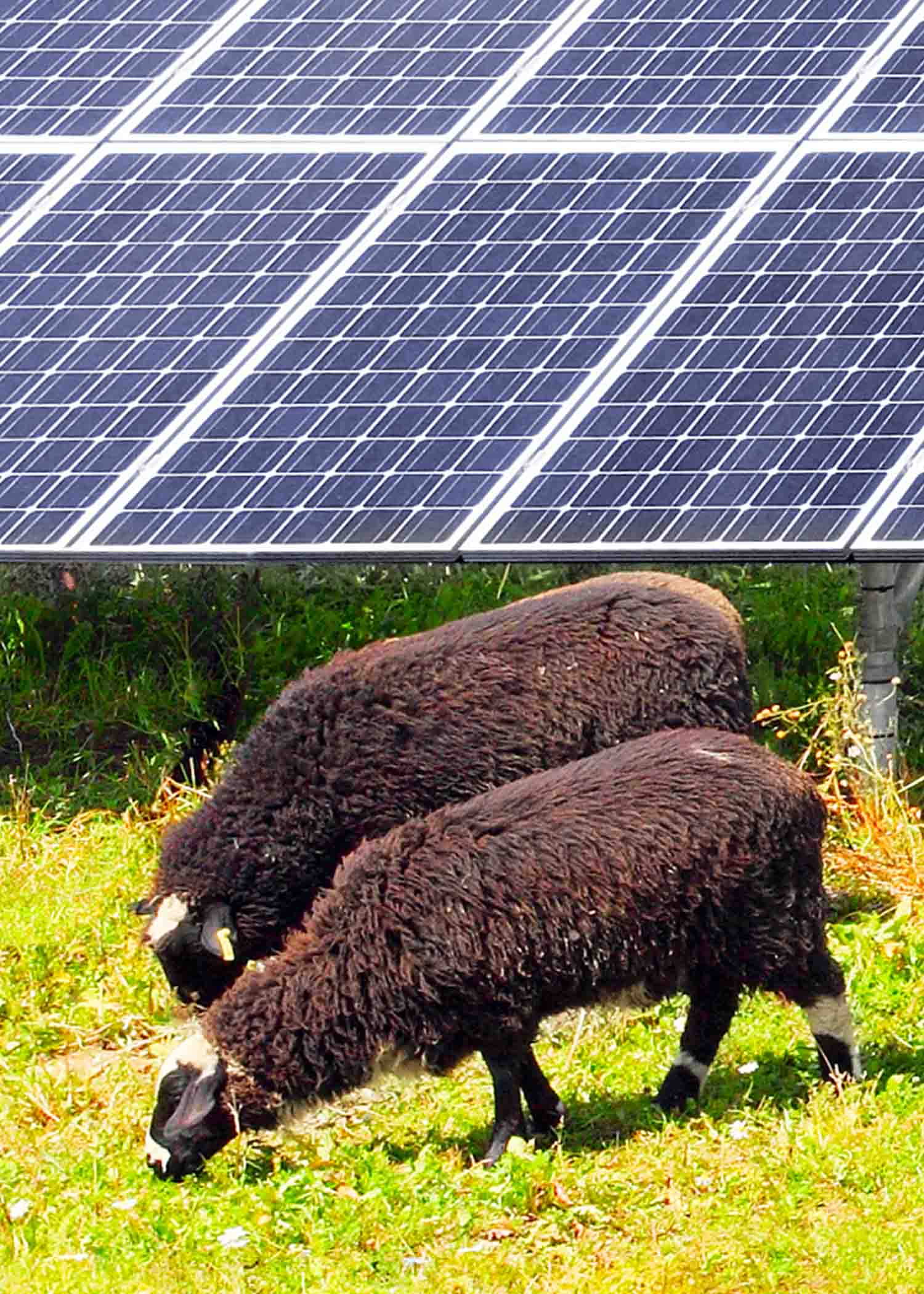What You Should Know Before Buying Your Off-Grid System
Choosing the right solar tech to install your off-grid system isn’t like going to a car dealership. Don’t get hassled or let yourself get hustled by sales tactics and industry jargon. Today, we’re giving you a few insider tips, so you’re in the know.
These 7 questions show you’ve done your homework before going solar, and they cover info every solar technician should know – so if yours can’t answer them, that’s a big red flag!
Save yourself some time and money with these 7 head-scratchers:
1. Does the number of cells in a solar panel matter?
Yes, because most Off-Grid Charge Controllers are optimized to handle voltage from 60-cell panels. There are charge controllers engineered to control the voltage demands of a 72-cell panel system, but they require pricey components and are not cost effective for most consumers.
So what happens if you use a 72-cell panel system on a charge controller designed for 60-cell panels?
You could fry your charge controller!
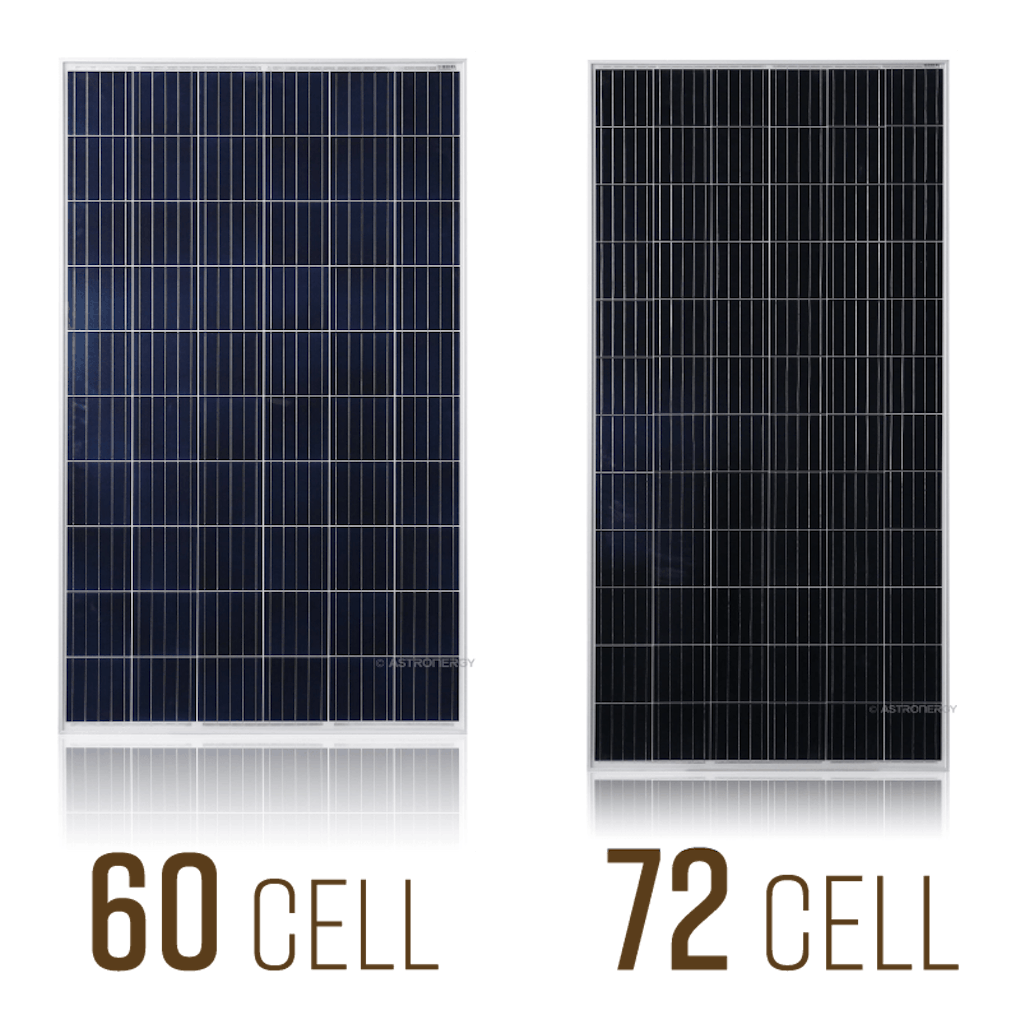
Make sure your solar technician knows your needs. Your charge controller and solar panel cell count should be compatible when designing your system.
Many of our off-grid customers prefer the Midnite Solar Classic 150 Charge Controller, which is perfect for 60-cell panels in your array, usually arranged into strings of 3 linked panels.
2. Will I see an ROI on my battery-based system?
Not likely. Off-grid is more about energy independence than ROI, by the time your solar system pays for itself you’ll most likely need to replace your batteries (every 7-10 years).
Most off-gridders aren’t going off the grid for the long-term investment. They aren’t getting the benefits of net metering or the short payback period you’d get with a grid-tied system.
Off-grid tradeoffs include:
- Complete self-reliance and the freedom to “be your own power company.”
- Not paying for power lines to be run from the utility provider to your property.
- More options when buying land, with remote, off-grid parcels often being much more affordable.
3. Should I use a tracker with my panels?
While a sun tracker will boost your energy production, you could just install a few more panels instead and save yourself some money.
A tracker introduces moving parts, and therefore additional maintenance and added cost to your solar power system that you won’t have with a stationary install, and the benefit they add rarely outweighs the price.
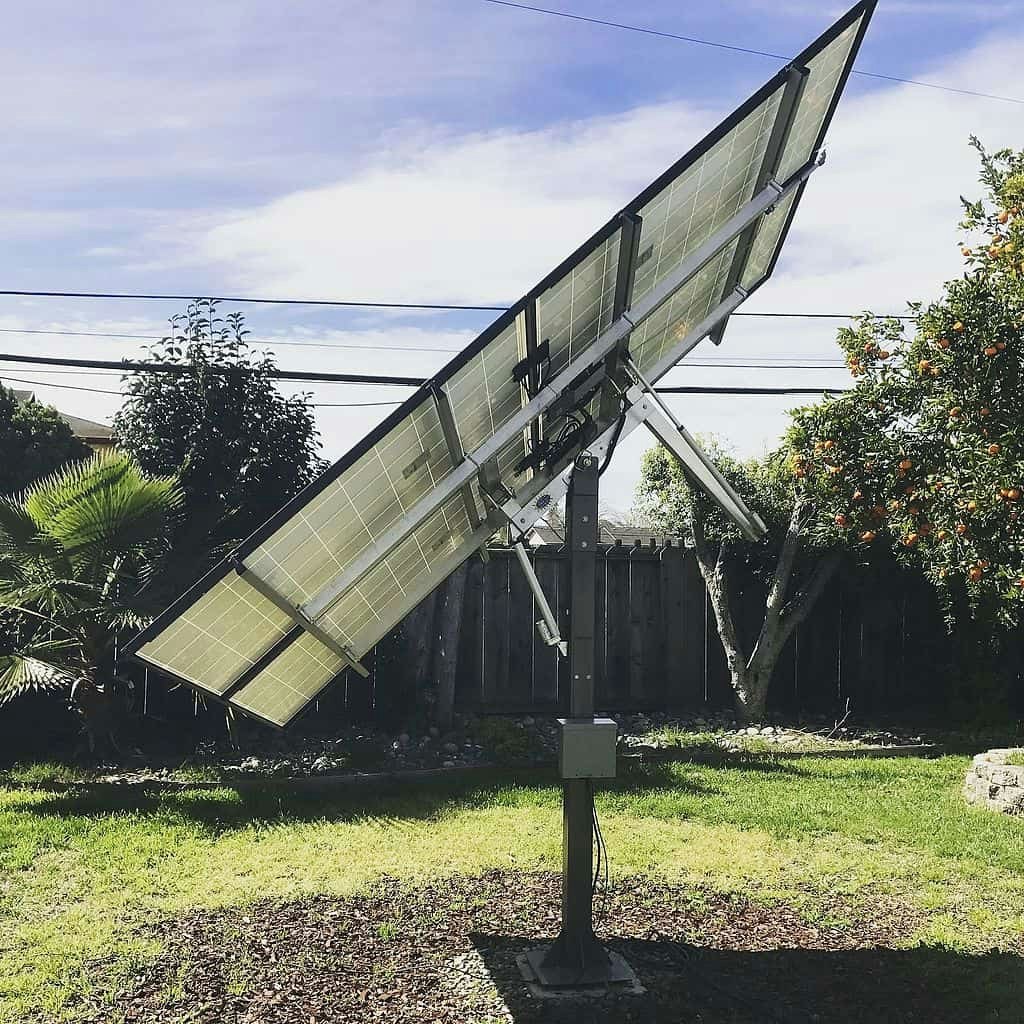
The only time a tracker would make sense is if you have a shortage of space, and need to squeeze every single kilowatt possible out of your array.
If your solar tech pushes a tracker on you without proper assessment, they’re probably trying to add to their commission.
4. How close does my inverter need to be to my batteries?
Almost all 24v and 48v battery-based inverters should be installed within 10′ of the battery bank to avoid voltage drop.
The further the battery bank is from your inverter, the more voltage bleeds off as it travels through the wiring. The closer you can get the equipment, the better (10′ being the recommended maximum distance away).
Most packaged systems will come with a 10′ long inverter cable for just this reason. Any good solar tech should be planning your system’s layout with this in mind, so it’s a good thing to check when laying out the installation.
5. Do I need the most efficient panels out there?
Don’t let your solar tech upsell you on the “most efficient” solar panels on the market! Most panels on the market today are going to offer you the wattage output you need and remain cost effective.
So why would you spend more money on the most efficient PV array?
You’d only want the most efficient array if you have limited surface array to mount it on. That’s when high-end modules such as those from SolarWorld would make sense. They produce a higher wattage output for around the same space requirement as competitors, but for an added expense.
Say you need a solar array to output 7 kW to power your home. Let’s compare two brands of solar panel, each with different wattage, pricing, and array coverage:
SolarWorld Panels:
- 24 Panels at $350/panel (+)
- 60 Cells per panel
- 295 Watts per panel (+)
- 433 ft² total array coverage (-)
- $8400 total (-)
- 7 kW output
Astronergy Panels:
- 26 Panels at $275/panel (-)
- 60 Cells per panel
- 270 Watts per panel (-)
- 456 ft² total array coverage (+)
- $7150 total (+)
- 7 kW output
If you buy the SolarWorld panels, your solar array will be 23 ft² smaller in size than an Astronergy array. This is great if you’re trying to save space, but even with two fewer panels, the SolarWorld array will cost $1250 more! If you have space (and in most cases, you will), then opt for the less efficient panels: you’re saving money without really losing anything in the process.
6. Does the type of solar panel I use matter?
Solar panels can be manufactured a few different ways: polycrystalline, mono-crystalline, SIG, thin film, etc. How the solar panel is manufactured rarely matters, but who manufactured it does.
All solar panels operate on the same fundamental principle: using silicon-based semiconductors to convert the sun’s energy into electric power. However, the top 5 or 10 manufacturers make a higher quality, more reliable product than the 50 manufacturers below them. Those bottom-tier brands produce the panels that people can buy on eBay for $100. If the price is that low, you’re definitely getting your money’s worth.
Bargain-basement panels use cheaper components and manufacturing techniques. Many cheap manufacturers skimp on quality to save a buck or two, and pass the “bargain” on to you, the consumer, but in reality, you’ll be paying the price as they degrade quicker and require replacement!
Low-end manufacturers also skip the UL listing required to permit these panels, as well, which will cost you even more if you can’t pass inspections and permitting requirements.
TL,DR: Don’t get swindled by sketchy sales techniques, and don’t be a cheapskate when it comes to buying better panels!
7. How Do I size My Off-grid Inverter?
First, you’ll need to use a Solar Cost Calculator to figure out how much energy your home and appliances will be using. Pay particular attention to the stuff that’s always on such as your fridge, well pump, outlets, etc.
Pay particular attention to the stuff that’s always on such as your fridge, well pump, outlets, etc.
Some appliances have a higher “surge current” when they’re initially switched on – often appliances with motors or compressors, such as your
In this case, they may have special requirements, which can vary widely. We recommend you choose a 4kW inverter minimum and consider larger ones to handle excess surge current.

